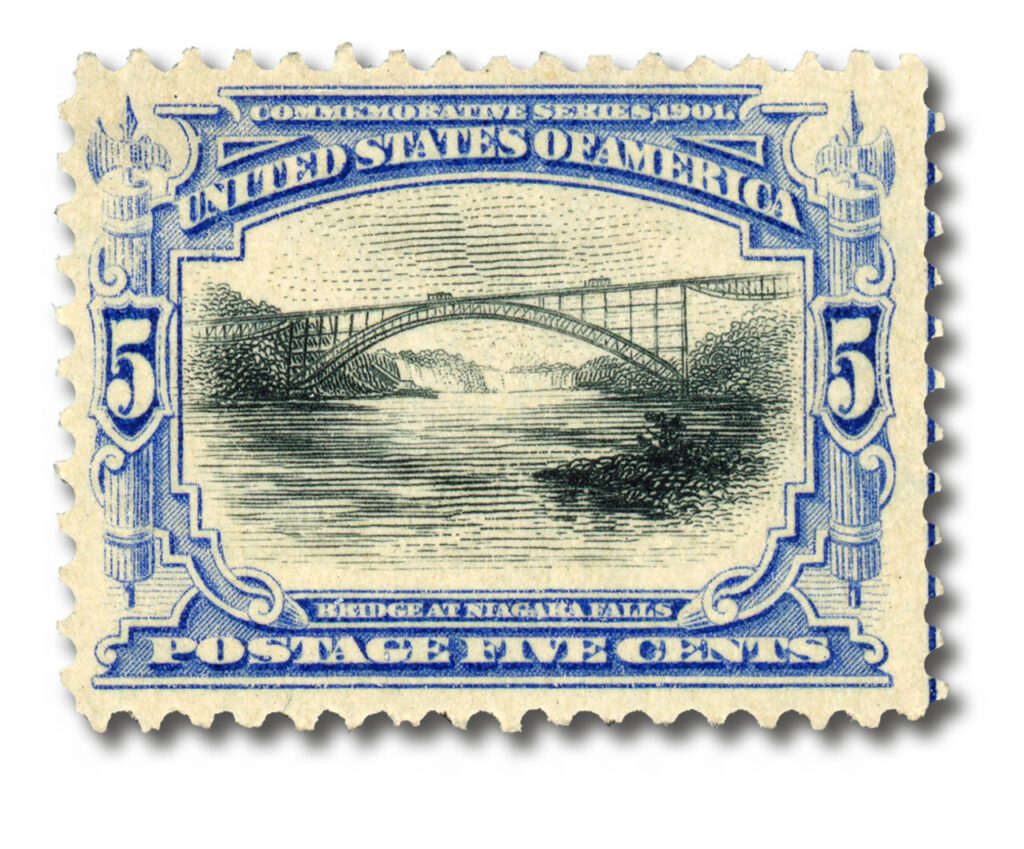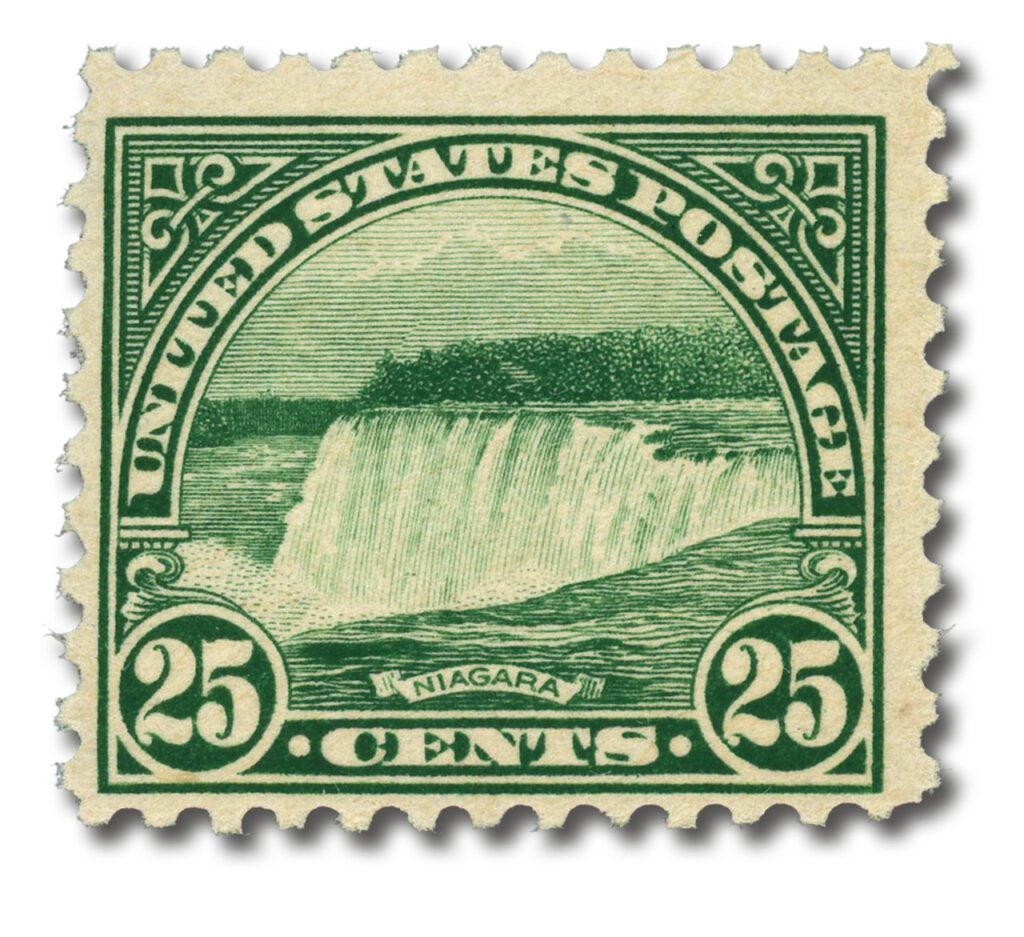
On March 18, 1855, the Niagara Railway Suspension Bridge officially opened.
The bridge was the brainchild of Canadian entrepreneur and politician William Hamilton Merritt. In the summer of 1844, he and his wife were picnicking on the shores of the Niagara River, while reading a letter from their sons, who were touring Europe at the time. In the letter, their sons marveled at the Freiburg Suspension Bridge in Switzerland.
Reading this letter led Merritt to wonder if a suspension bridge could be built across the Niagara. He soon dedicated significant time and energy to the project, speaking to a number of people to gain support. He even met with the queen of England to get permission to begin work on the bridge. Then in 1846, New York State and Canada approved charters to form the Niagara Falls International Bridge Company and the Niagara Falls Suspension Bridge Company.
Both companies then asked for engineers to submit plans for a railway suspension bridge. Many American engineers were hesitant – at the time there were no suspension bridges able to hold a train. While suspension bridges were popular in Europe, they were rare in the US. In spite of this, four engineers did submit plans, with Charles Ellet Jr. earning the contract in November 1847. Ellet’s plan was for a single deck with the railway track in the middle and carriage and footpaths on either side. Additionally, his plan didn’t allow for locomotives to cross the bridge, rather the cars would be disconnected and pulled across by horses, cables, or lighter engines.
One of the first tasks Ellet faced was getting a line across the gap. He conceived an idea inspired by Benjamin Franklin – to use a kite. He then arranged a kite-flying contest, offering the child who could fly a kite across the gorge and secure it on the other side a prize of $5. Once that was done, Ellet’s team tied a heavier line to the kite string and pulled it across.
News of work on the bridge spread by newspaper and word of mouth, leading many to come to the site to watch the construction. On March 13, 1848, the cable system was completed and Ellet began ferrying people across the gorge in a basket at a cost of $1 per person. Later that year, Ellet completed a temporary bridge across the river. He charged people to cross that bridge also. Soon, tensions rose between him and the bridge companies. He went so far as to point cannons at the bridge as a threat. Eventually, they went to court. The bridge companies paid Ellet $10,000, and he then left the project to work on another bridge.
The project sat uncompleted for three years before the bridge companies hired John Augustus Roebling, a rival of Ellet’s, to complete the construction. Upon taking over the job, Roebling found Ellet’s design to be unrealistic – it was too heavy and expensive. Instead, he wanted to build the bridge he had proposed in 1846, a double-decker with paths for pedestrians and carriages on the bottom and a train on the top. He argued that his design would be stiffer than a normal suspension bridge. Though some criticized his plan, Roebling went ahead and finished the bridge in four years. He completed a test of the railway deck on March 8, 1855, and officially opened the bridge 10 days later on March 18. Soon, commercial passenger trains crossed the bridge, connecting the US and Canada across the Niagara River.
The bridge would get heavy use in the coming years. It served three major railroads, and its close proximity to Niagara Falls meant it brought in a lot of tourists. Leading up to the Civil War, the bridge was used to transport escaped slaves to Canada via the Underground Railroad. Over the years the bridge began to decay. Portions of the wooden structures were replaced with steel and iron in 1886. As heavier trains were introduced, the Whirlpool Rapids Bridge was built to replace it. That same year, the Niagara Suspension Bridge was dismantled.
| FREE printable This Day in History album pages Download a PDF of today’s article. Get a binder or other supplies to create your This Day in History album. |
Discover what else happened on This Day in History.





where is the link to the pdf version of this article?
The link is now there.
If possible, I’d also like a printable version of this article. Thank you
The link is back.
No ability to download the article…has something changed
The link is back.
Yes, what happened to the PDF version so can print it better? Have been printing a copy of This Day in History since it was introduced and the PDF version saves a lot of paper and ink.
Thank you!
The link has been added back.
Always enjoy reading these “This Day In History” articles. Thanks.
If possible where is rhe link to print article
The link has been added.
Where is the, “FREE printable This Day in History album pages”,?
You should see it now.